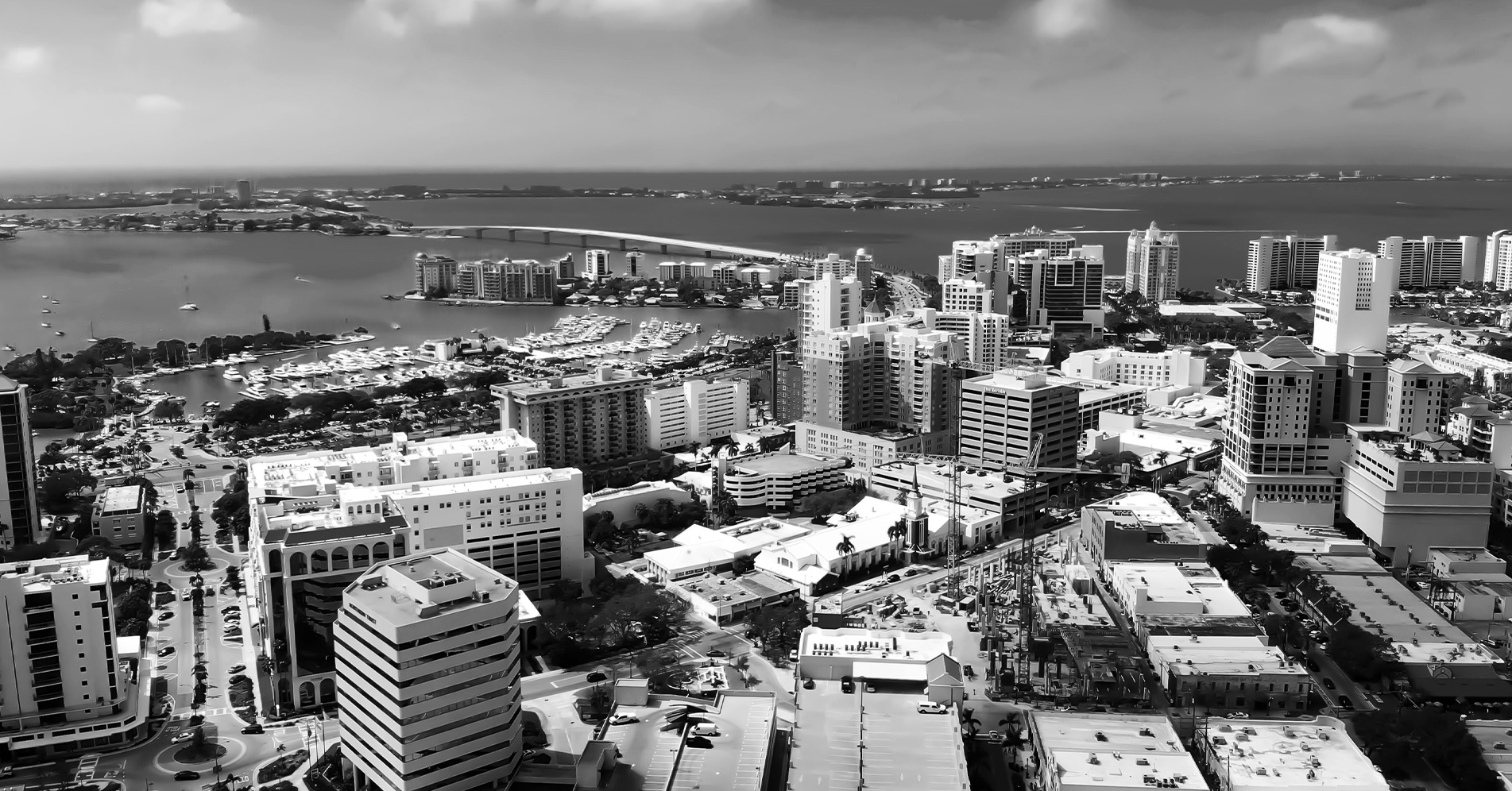When I was in Plastic Surgery Residency from 1991-93 the first deep plane facelifts were being performed. During my training we performed this procedure and my mentors were initially very excited about the prospect of improved facelift results and a more long lasting outcome. Unfortunately, neither of these things happened. Instead over the next several years this technique fell out of favor for the following reasons:
Increased number of Facial Nerve Injuries – this is the nerve that controls movement so an injury even when temporary can be devastating. If as surgeon tells you this never happens or it is rare, just remember if you are the one who has the complication, that does not matter. If they say they have never had a facial nerve injury, then you can assume they are not being honest and I would suggest looking elsewhere, quickly.
Prolonged healing time especially with prolonged swelling. Swelling would last weeks instead of days. This has a big impact on your return to your work and social life.
Increased post-operative pain. Facelifts should not be very painful. The deep-plane patients often needed more pain medication for much longer periods
Increased post-operative bruising. The bruising was much more intense and lasted much longer.
Prolonged operative times – the number of hours under anesthesia was typically much greater. A typical facelift in experienced hands is a 3.5 – 5 hour procedure. Deep plane facelifts often take 7- 9 hours. This is a lot of extra anesthesia.
No proven benefit as far as outcome either in appearance or duration of the result. This was looked at in identical twin studies over many years and no difference could be seen long term with one twin receiving a SMAS based facelift and one twin receiving a deep plane facelift.
This led to most doctors who do facelifts frequently to abandon the procedure entirely. It was just too risky and there didn’t seem to be any significant gain.
As with many professions, and even with plastic surgeons, the lessons of the past are sometimes forgotten. You now have a new generation of plastic surgeons and few of them have decided to adopt the deep-plane facelift as their preferred technique. The doctors who perform the deep-plane facelift are often vocal advocates of the technique who describe the SMAS-based lift as inferior. This is a very effective marketing technique and tends to draw in unsuspecting patients who think they are getting something special or extra and don’t realize that a physician will make false statements or at best state their unproven opinions as facts. Unfortunately, even in medicine the desire for profit sometimes wins out over safety and good patient care.
I would ask any surgeon who states that the deep-plane facelift is a superior facelift the following questions:
If the deep-plane facelift is better why haven’t most plastic surgeons adopted it? We tend to be perfectionists who want to give our patients the best results possible. Many of these doctors try and imply that other doctors are not skilled enough or that the procedure is too difficult for them to perform. This obviously self-serving and untrue as we learn new techniques and improve on old ones constantly.
Is there any proven benefit either temporarily or long term over the less risky SMAS-based facelift? If they tell you the risks are the same in their hands, I would disagree. I have performed facelifts for 29 years and I understand the procedure extremely well. If you operate closer to the facial nerve, it is more likely to be injured in anyone hands. If they tell you the improvements last longer or that the lift is more effective, I would also disagree. The journal articles that say this tend to be written by advocates for the technique, based on their own experience (anecdotal) which is considered the weakest evidence.
Bottom line:
If the deep-plane facelift were a superior facelift with a track record of safety that didn’t have an increased rate of facial nerve injury, I would performing it on all my patients.
I know very well how to perform a deep-plane facelift and I choose not to because I consider it a more risky procedure with no proven benefit over a SMAS-based facelift.
Beware of vocal advocates of a technique that most plastic surgeons don’t perform, who endorse it at the expense of other traditional technique by saying the new technique is superior. Unfortunately, the promise of something better or extra can be very attractive to someone who is unaware, especially when it comes from someone who is highly respected like a doctor. If a deep-plane facelift was truly superior, most plastic surgeons would be performing it. That is how it always works. The best techniques eventually always win out.
I hope this helps you in your decision making. Also remember the experience of one friend, while altruistic and heartfelt, doesn’t outweigh 29 years of experience performing plastic surgery. I know this is probably whole lot more than you ever wanted to know about this topic, but you seemed to want to know this inside scoop. This is it. If I can help furthers, please let me know.
Best,
Dr. Mobley


